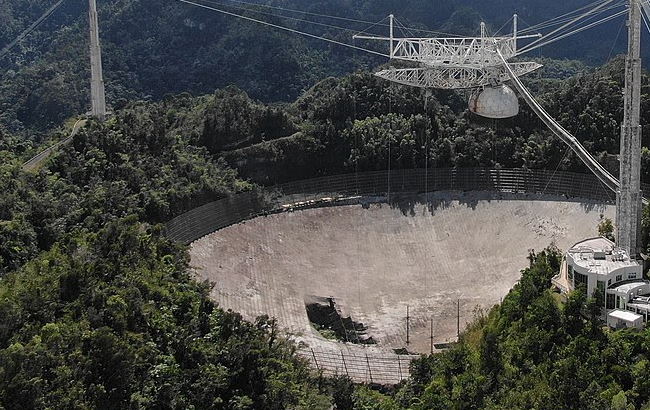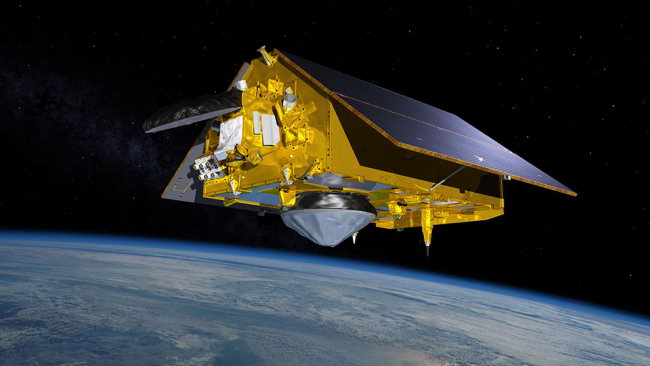The ISS gets a new door, Arecibo radio telescope is being shut down and Falcon 9 rocket launch with “Sentinel-6 Michael Freilich” satellite
The ISS gets a new door
On November 21st, SpaceX launched a resupply mission to the ISS which contained a new airlock to be installed to the station, particularly to the U.S. Tranquility module of the ISS.
The functionality of the airlock on the ISS is to allow for cargo and payloads to be transported into and out of the station, now with a new airlock being installed, more payloads and more research is possible onboard the ISS.
“Nanoracks”, the Texas based company designed and built the new airlock with collaboration and support from NASA. The current 20-year old airlock was provided by JAXA (the Japan Aerospace Exploration Agency).
RIP Arecibo
One of the world’s largest and historical telescopes with a 305-meter dish is closing forever! The Arecibo telescope inspired lots of people growing up, so much so that folks created a special hashtag on Twitter, just to express what the facility means to them.

The telescope suffered from a cable failure last August, and another earlier this month. After engineers assessed the problem, it was announced on November 18th that there is no possible way to fix the damage done without risking the lives of people working on site. Therefore, a decision has been made to decommission the grand big telescope for good.
“Sentinel-6 Michael Freilich” launch
On November 21st, the Falcon 9 rocket launched with a satellite built under the collaboration of the U.S. and Europe called “Sentinel-6 Michael Freilich”. This satellite is designed to join the group of satellites monitoring global sea levels and ocean currents, as well as provide data to help scientists understand how Earth is changing.
 Image Credit: NASA/JPL-Caltech
Image Credit: NASA/JPL-Caltech
Named after the former director of NASA’s Earth Science Division, the “Sentinel-6 Michael Freilich” satellite is now in orbit and in good health and will start collecting data after it successfully completes all engineering checkups.